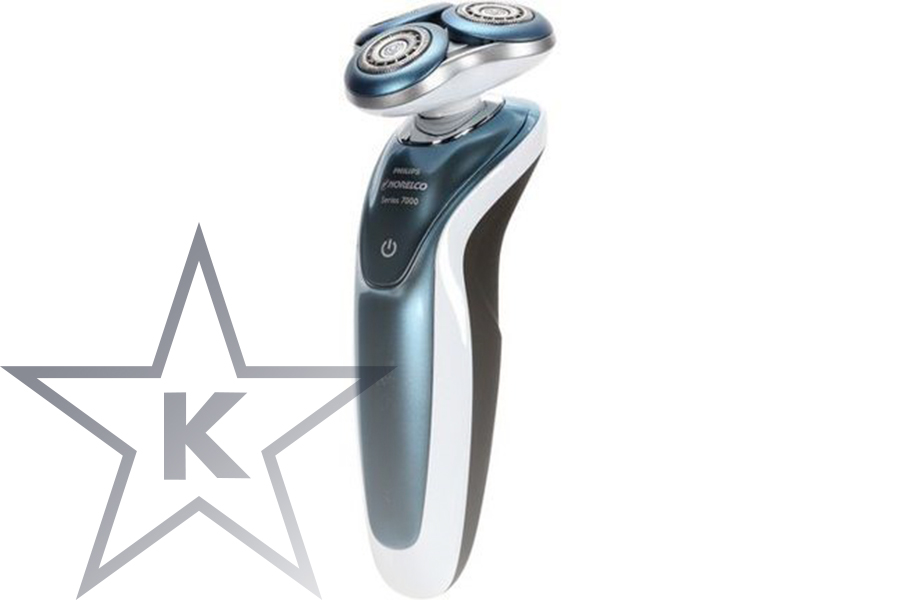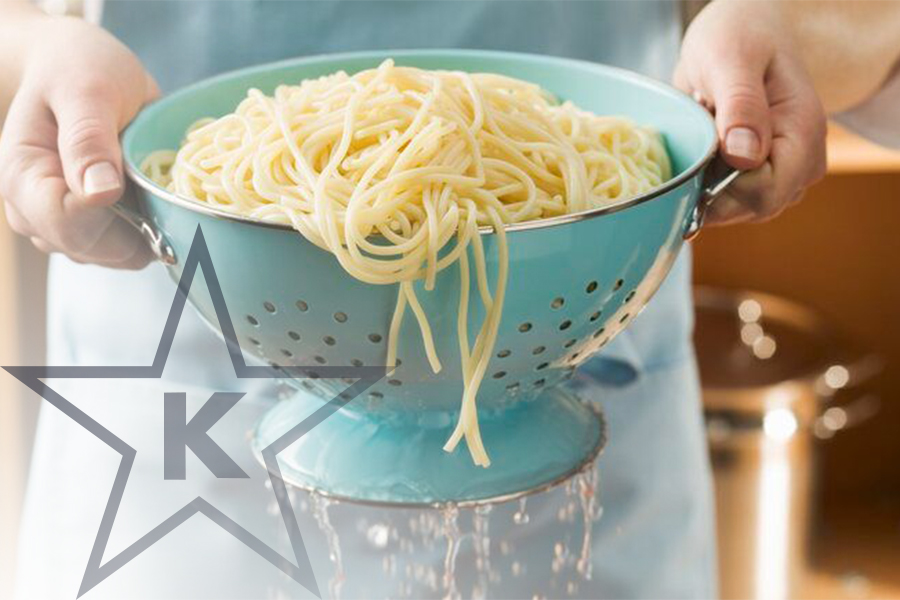Summer 2019
Editor’s Note: The STAR-K Slurpee List is a compilation of flavors certified by an array of reliable kashrus certification agencies. Optimally, either the individual 7-Eleven store should be kosher certified or the consumer should check the kashrus of the syrup himself by checking the back of the machine. Many stores have been known to allow this. If neither option is available, this article will address the halachic basis for relying on The Slurpee List at any 7-Eleven store located in the United States.
One of the ways we mark the change of seasons is by eating and drinking the foods we associate with that particular time of year. The Rambam advises in Hilchos Deos1 that one adjust his menu with the seasons, eating warm spicy foods in the winter and cool, less seasoned ones during the warmer months: hot hearty soup (or microwaved leftover cholent!) on a cold winter […]




 STAR-D
STAR-D STAR-S
STAR-S